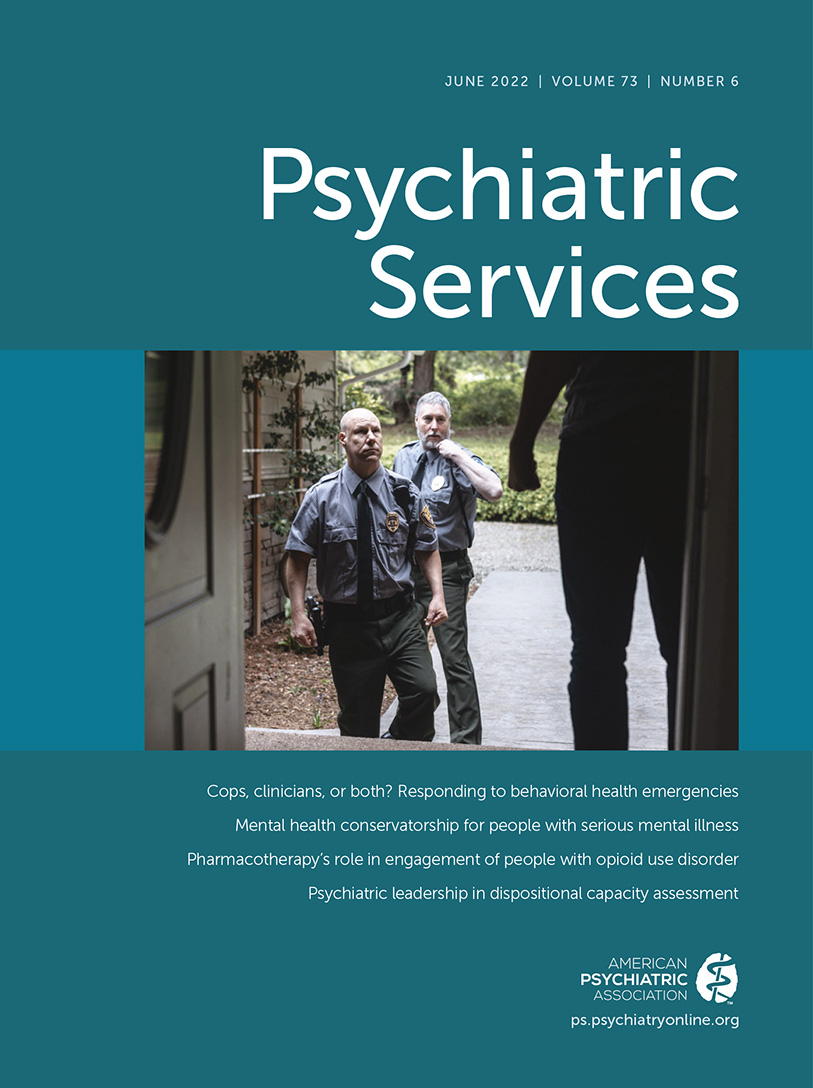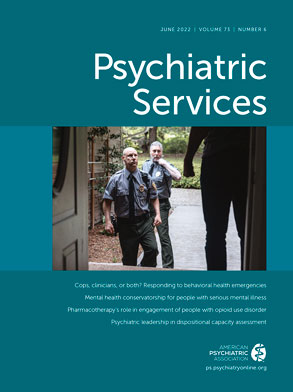Recommendations for Integrated Systems and Services for People With Co-occurring Mental Health and Substance Use Conditions
Abstract
REGAINING MOMENTUM TODAY
IMPLEMENTATION OF INTEGRATED SYSTEMS AND SERVICES
SUGGESTED NEXT STEPS FOR SYSTEMS
Vision
State and Local Change Process
Align Performance Improvement Standards with Implementation of Co-Occurring Disorder Care Integration
Policy Guidance for Best Practices
Clarify Billing Instructions
Support Program Collaboration
Evaluate and Measure Program- and System-Level Progress
Involve Partner Systems
SUGGESTED NEXT STEPS FOR BEHAVIORAL HEALTH PROVIDERS
Quality Improvement Self-Assessment
Training and Technical Assistance
Implementation Practice Support
Core Competencies
Integrated Screening, Assessment, and Intervention
REINVEST NATIONALLY IN TECHNICAL ASSISTANCE AND RESEARCH ON INTEGRATED TREATMENT IMPLEMENTATION
References
Information & Authors
Information
Published In
History
Keywords
Authors
Competing Interests
Funding Information
Metrics & Citations
Metrics
Citations
Export Citations
If you have the appropriate software installed, you can download article citation data to the citation manager of your choice. Simply select your manager software from the list below and click Download.
For more information or tips please see 'Downloading to a citation manager' in the Help menu.
View Options
View options
PDF/EPUB
View PDF/EPUBLogin options
Already a subscriber? Access your subscription through your login credentials or your institution for full access to this article.
Personal login Institutional Login Open Athens loginNot a subscriber?
PsychiatryOnline subscription options offer access to the DSM-5-TR® library, books, journals, CME, and patient resources. This all-in-one virtual library provides psychiatrists and mental health professionals with key resources for diagnosis, treatment, research, and professional development.
Need more help? PsychiatryOnline Customer Service may be reached by emailing [email protected] or by calling 800-368-5777 (in the U.S.) or 703-907-7322 (outside the U.S.).

